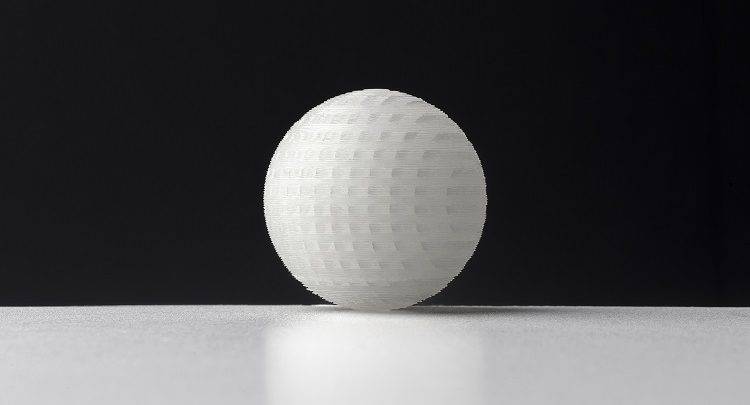German chemical group WACKER is preparing to introduce a new and improved version of its ACEO 3D printing technology for silicone rubber at the upcoming K 2019 International Trade Fair for Plastics and Rubber. The new 3D printer—the ACEO Imagine Series K2—integrates a range of new features and capabilities, including printing up to four different silicone materials simultaneously.
Though we’ll have to wait until the K 2019 event in October to get a real look at WACKER’s new technology and its capabilities, the Munich-based company has revealed some details about the ACEO Imagine Series K2 machine, which marks an advancement of its novel silicone 3D printing technology.
The most exciting new feature that the 3D printer offers is that it can print up to four different silicone materials at the same time, enabling users to produce objects that integrate different colors and hardnesses. The multi-nozzle configuration also makes it easier to print hollow objects that require support materials.

Multi-material silicone 3D printing opens up an array of new applications, especially in the medical field, where increasingly detailed and realistic 3D models can be produced. As WACKER elaborates, tumors or diseased blood vessels that have been CT scanned can be reproduced as physical models that distinguish different anatomical parts by color and hardness. These more realistic patient-specific 3D medical models could be used by surgeons for pre-surgical planning and even to physically practice operations ahead of time.
In addition to its multi-material printing feature, the ACEO Imagine Series K2 integrates a new auto control technology, which measures each silicone layer applied and compares it to the target value specified in the CAD model. The program can not only identify any discrepancies in the print layers, but will correct the print with subsequent layers. This new in-line checking and correction capability results in the production of more precise prints, opening up more complex industrial applications and setting new benchmarks for 3D printing viscous materials like silicone.
Finally, the new 3D printer also integrates an improved printing mechanism and control software, which enables mesh structures and complex designs to be produced. According to WACKER, the updated software also facilitates the 3D printing of small series parts.
WACKER is a pioneer in 3D printing silicones, and established ACEO a dedicated brand to represent its growing silicone AM activities. Since introducing its high resolution silicone 3D printing in 2017, the company has continued to advance and expand its AM business, most recently by opening the first ACEO Open Print Lab in the United States.
Source: 3dprintingmedia.network


